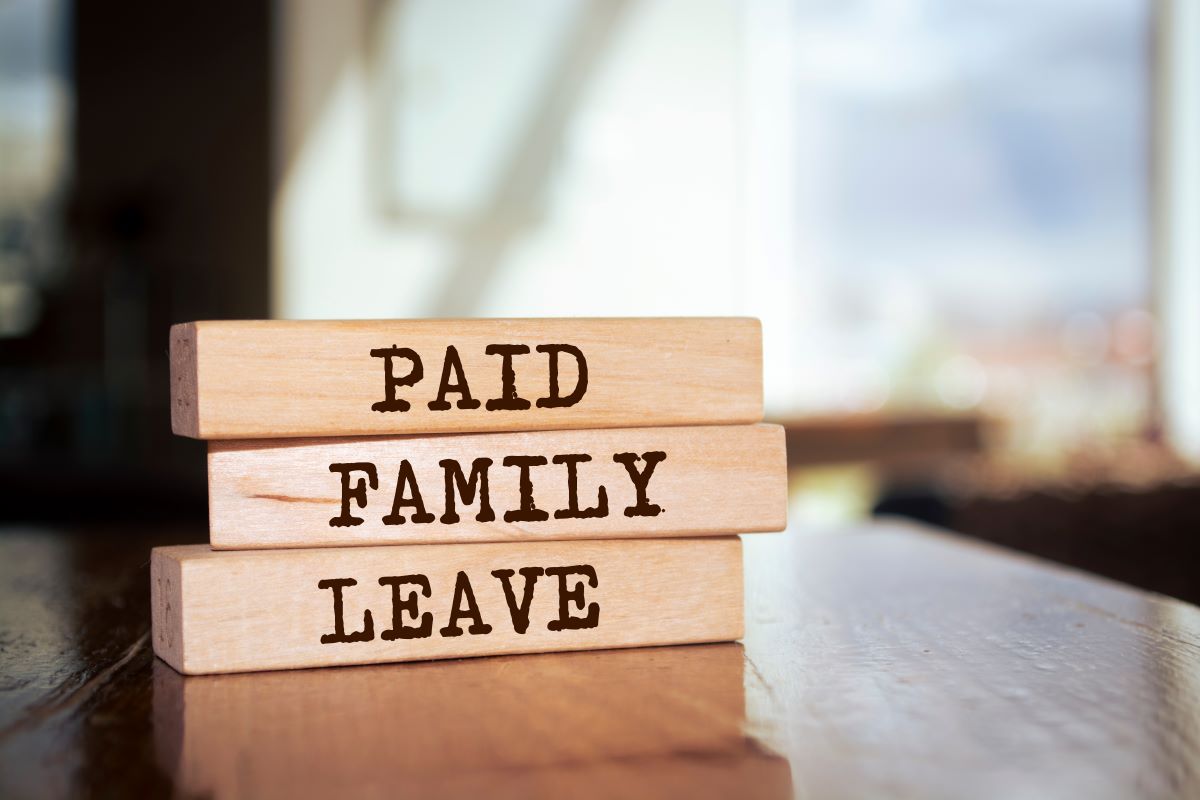Minnesota Paid Family and Medical Leave

On May 25, 2023, Minnesota Governor Tim Walz signed the Paid Family and Medical Leave (“PFML”) bill into law, also known as the Family and Medical Leave Act (“FMLA”), which provides a significant increase in an employee’s benefits and changes to an employer’s obligations.
How does PFML Affect Employees?
Beginning on January 1, 2026, Minnesota employees will be entitled to 12 weeks of paid leave each year for a serious health condition and an additional 12 weeks of paid leave per year for other qualifying reasons. An employee’s total paid leave per year will be capped at 20 weeks. Meaning, if an employee takes 12 weeks paid leave for a serious health condition, that employee can only take 8 weeks of paid leave for other qualifying reasons, or vice versa.
Paid leave fall into two general categories: (1) leave for the employee’s own serious health condition[1] or (2) leave for family care[2], bonding[3], safety[4], or a qualifying exigency[5].
All Minnesota employees, except for seasonal employees, independent contractors, and self-employed individuals, are entitled to leave if the employee has earned at least 5.3% of the state average annual wage over their base period. An employee’s base period is the four most recent calendar quarters before the employee applies for benefits. An employee can combine wages earned from different employers and is not required to maintain employment under a single employer for a specific period of time.
When an employee takes leave, they are not entitled to their full pay. An employee’s weekly benefit equals: 90% of wages that do not exceed 50% of the state’s average weekly wage plus 66% of wages that exceed 50% of the state’s average weekly wage but not 100%, plus 55% of wages that exceed 100% of the state’s average weekly wage. In order to receive these benefits, employees must create an account and file an application with the Department. Benefits are paid from state funds—analogous to unemployment benefits.
Generally, eligibility for leave requires a seven-day qualifying event. Employees are required to provide reasonable notice to their employer. When leave is foreseeable, the employee must provide 30 days’ notice. When leave is unforeseeable, the employee must provide notice to the employer as soon as practically and reasonably possible.
How does PFML affect employers?
All qualified employers, regardless of their size and number of employees they employ, are required to participate in this program unless they offer a private benefit plan.
Private plans must be approved by the commissioners and confer the same rights, benefits, and protections to employees. Employers can either participate in the public plan, elect a private plan, or choose a combination of the public and private plans. An employer choosing a combination of the two can either participate in the public family leave plan and elect a private medical benefit plan or vice versa.
Employers will be required to pay quarterly premiums to the family and medical benefit insurance account. The PFML program is funded by 0.7% of the employer’s payroll tax. If the employer elects to participate in the family plan outlined by this chapter but a private medical benefit plan, it is funded by 0.3% of the employer’s tax roll. If the employer elects the medical benefit plan under this chapter but a private family plan, it is funded by 0.4% of the employer’s payroll tax. Employers can also withhold up to 50% of the premium from worker’s wages.
Employers are required to submit wage detail reports each quarter listing certain information for each employee and can be fined for submitting late reports.
Employers can require an employee’s PFML be taken under the state leave to run concurrently with FMLA leave taken under federal leave. However, if the state PFML leave does not qualify under the federal FMLA leave, the employee maintains their additional FMLA leave.
Employers are prohibited from retaliating against or interfering with an employee exercising their leave. Under these retaliation protections, the employer cannot terminate an employee for requesting or taking leave and requires an employee be reinstated with equivalent pay, benefits, working conditions, privileges, prerequisites, and status. Violations of this chapter can entitle employees to damages recoverable by law, liquidated damages, injunctive or equitable relief, and attorney fees.
In conclusion, the new Paid Family and Medical Leave will significantly alter an employer’s obligations. However, with the Act not becoming effective for almost two and a half years, employers have time to evaluate how the Act will affect them, and can likely expect more administrative guidance published prior to the effective date of this Act. Regardless, before the PFML is effective, employers should determine how the payroll tax will affect their financial operations, determine if it is more feasible to elect a private plan, understand how to prepare and file the different reporting requirements, and begin drafting informative materials for their employees.
[1] Serious health conditions include physical or mental illness, injury, impairment, condition, or substance use disorder which involves impatient care or continuing treatment by a health care provider involving incapacity.
[2] Family care leave means taking time off to care for a family member who has a serious health condition or who is a member of the military.
[3] Bonding means time spent by an employee who is a biological, adoptive, or foster parent in conjunction with the child’s birth, adoption, or placement. Employees taking leave under bonding must do so within 12 months.
[4] Safety leave means leave from work because of domestic abuse, sexual assault, or stalking, provided the leave is to seek medical attention or services, or to obtain counseling, seek relocation, or seek legal action.
[5] A qualifying exigency is a need arising out of a military member’s active duty service or notice of an impending call or order to active duty in the United States armed forces.
